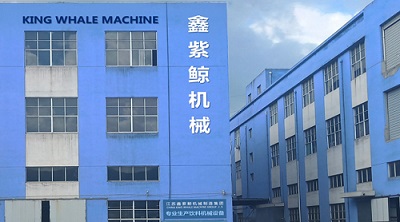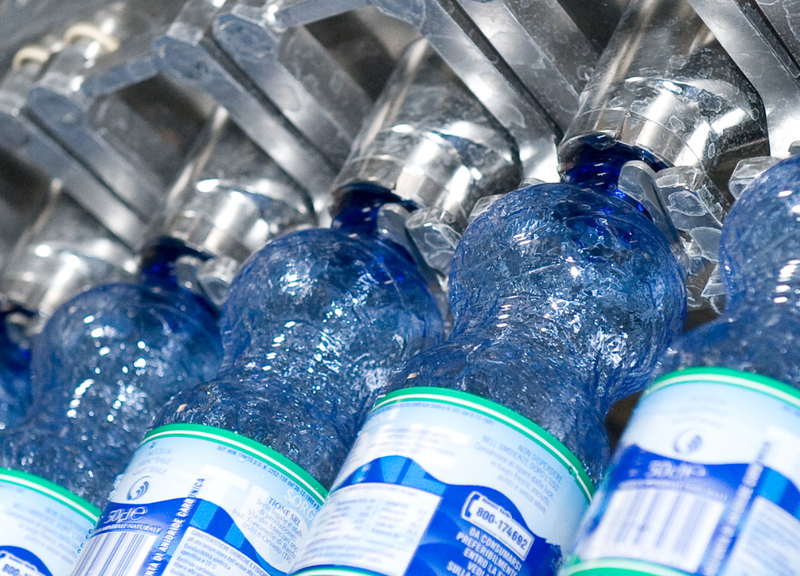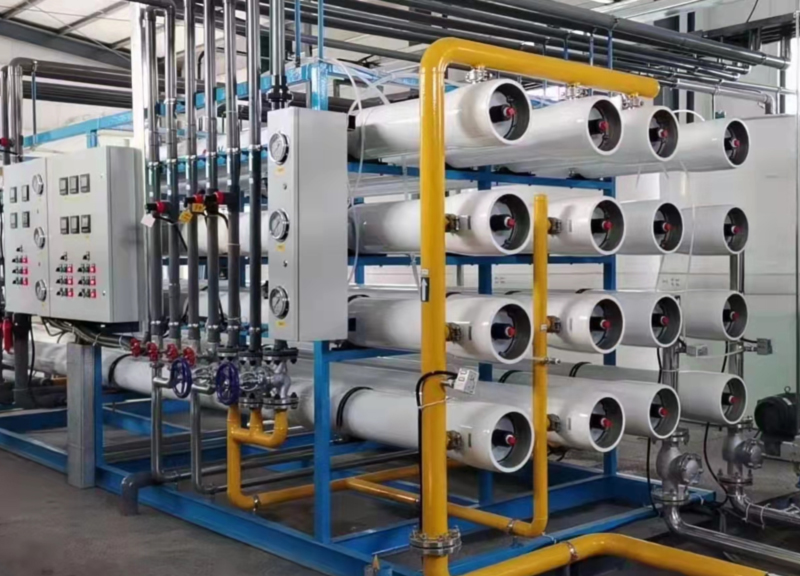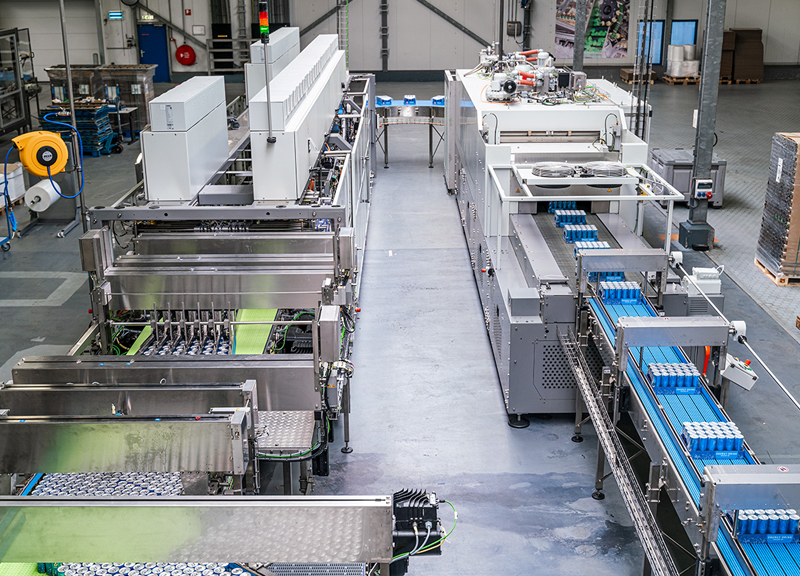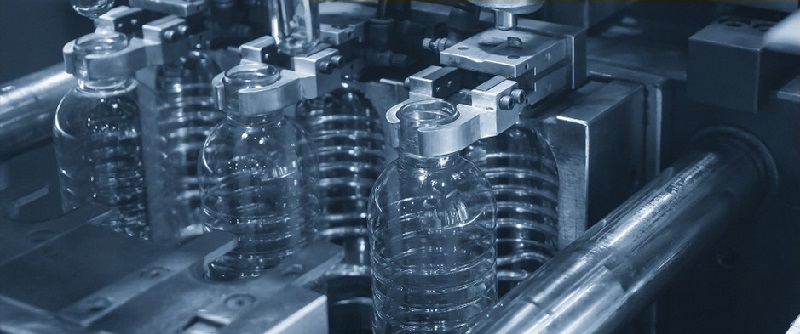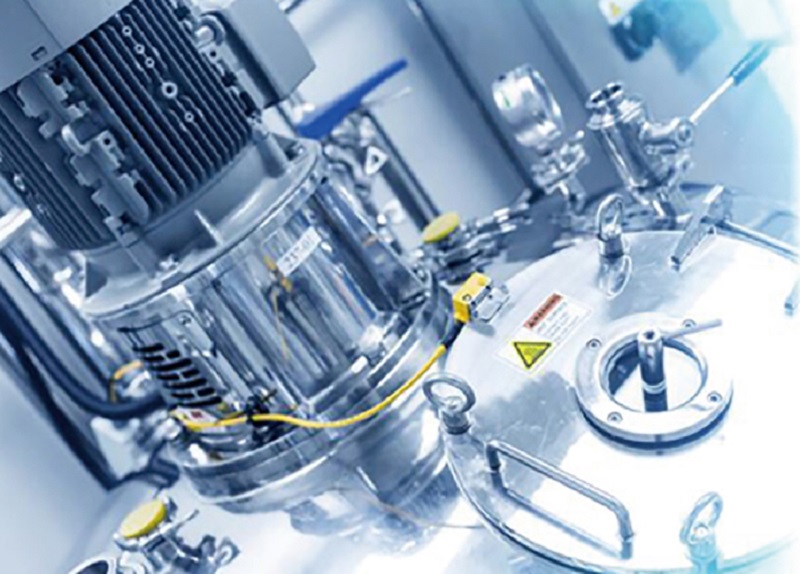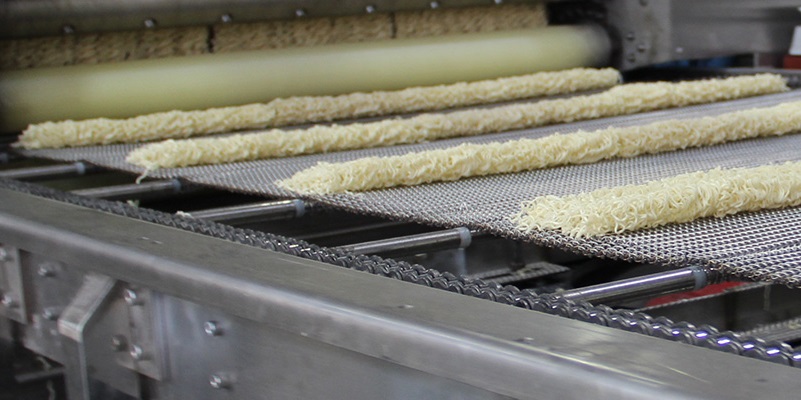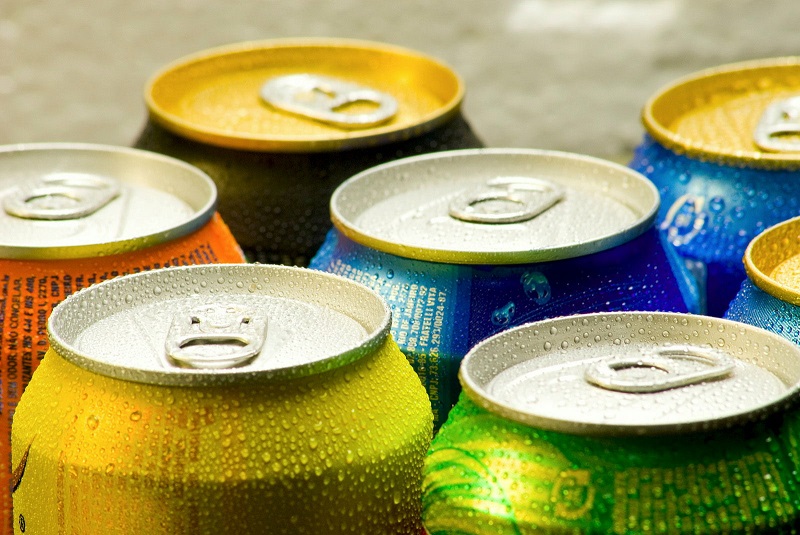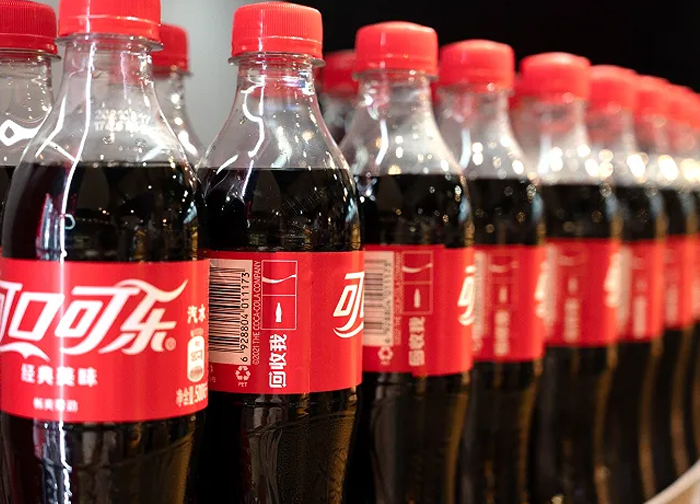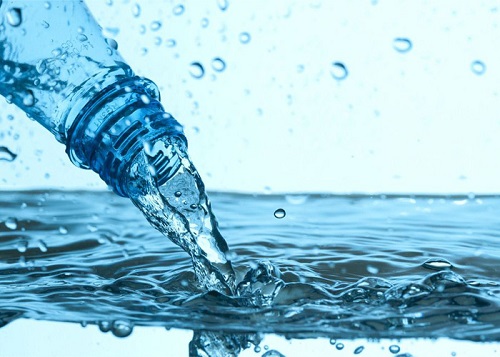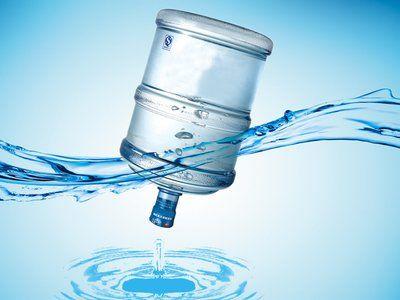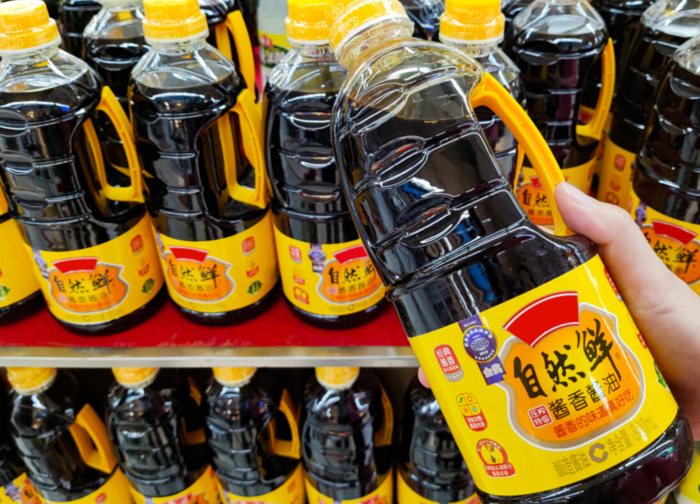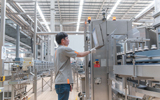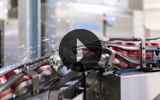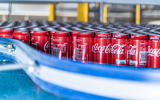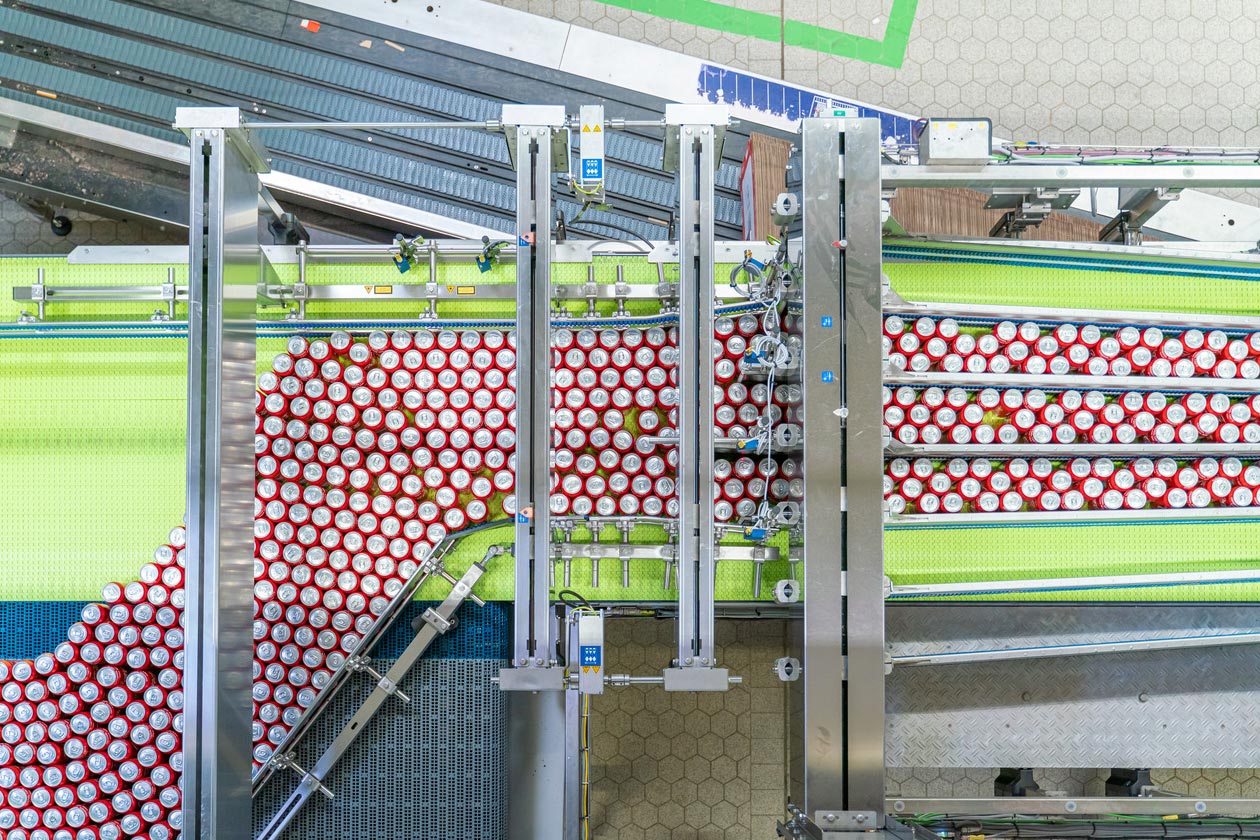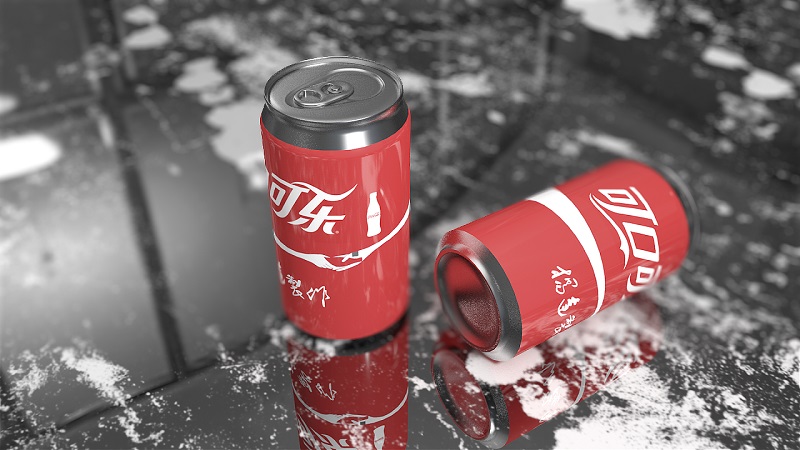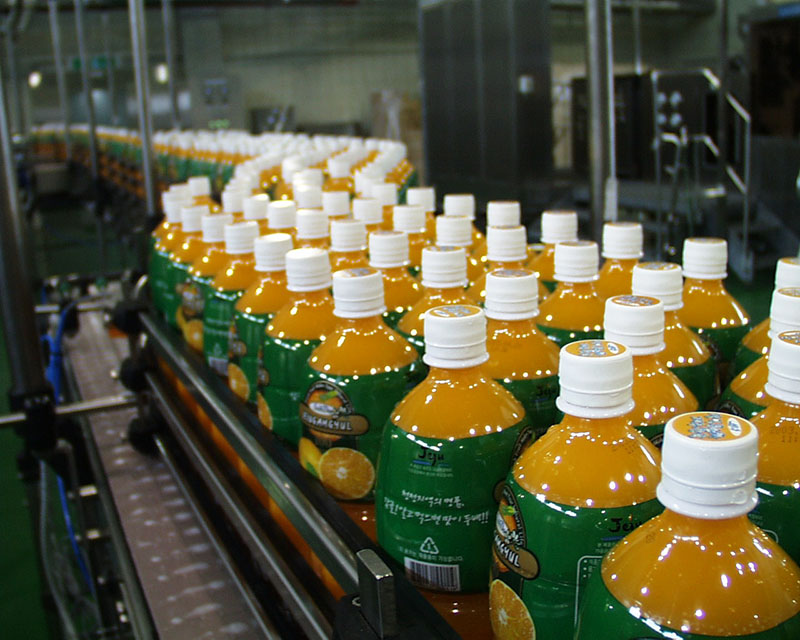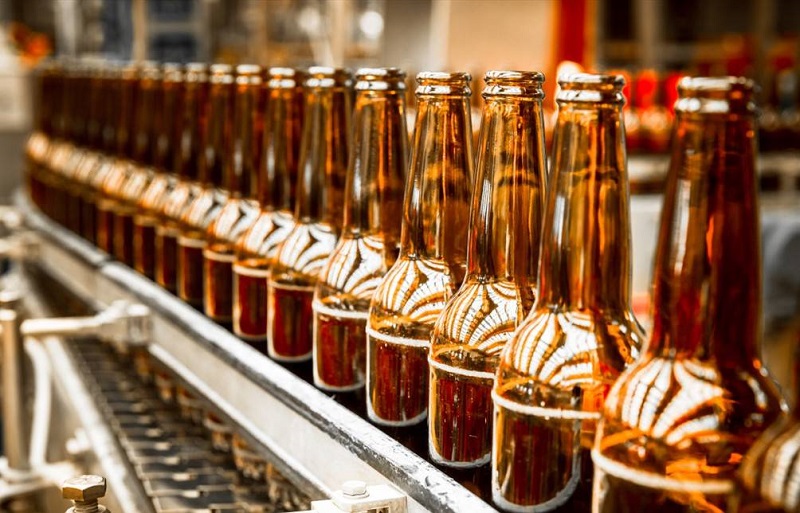In the realm of beverage production, especially within the water bottling industry, the process of filling large bottles demands precision, efficiency, and adherence to stringent quality standards. Large bottle water filling technology encompasses a series of sophisticated steps designed to ensure the cleanliness, accuracy, and safety of the bottled water product.
The Process of Large Bottle Water Filling
Large bottle water filling begins with the careful selection of raw materials, typically purified water that undergoes rigorous quality testing. The bottles themselves are inspected for cleanliness and integrity before the filling process commences. Once deemed suitable, the bottles are conveyed to the filling station where they are meticulously filled with the predetermined volume of water.

Key Steps in Large Bottle Water Filling
1. Purification and Preparation:
The water undergoes multiple stages of purification to meet industry standards. It is essential that the water is free from contaminants and impurities before filling begins.
2. Filling and Capping:
Automated machinery precisely fills each bottle with water, ensuring uniformity in volume. Subsequently, the bottles are securely capped to prevent any leakage or contamination.
3. Quality Control:
Throughout the filling process, quality control measures are in place to monitor factors such as fill levels, cap tightness, and overall cleanliness. Any deviations from set parameters prompt immediate corrective action.
Conclusion
In conclusion, large bottle water filling technology exemplifies the fusion of advanced engineering with meticulous quality control. From the initial stages of water purification to the final inspection before distribution, every step is orchestrated to uphold the highest standards of product integrity. This process not only guarantees the safety and purity of bottled water but also underscores the industry's commitment to consumer satisfaction and health. As demand for bottled water continues to rise globally, the evolution of large bottle water filling technology remains pivotal in meeting this demand efficiently and sustainably.

